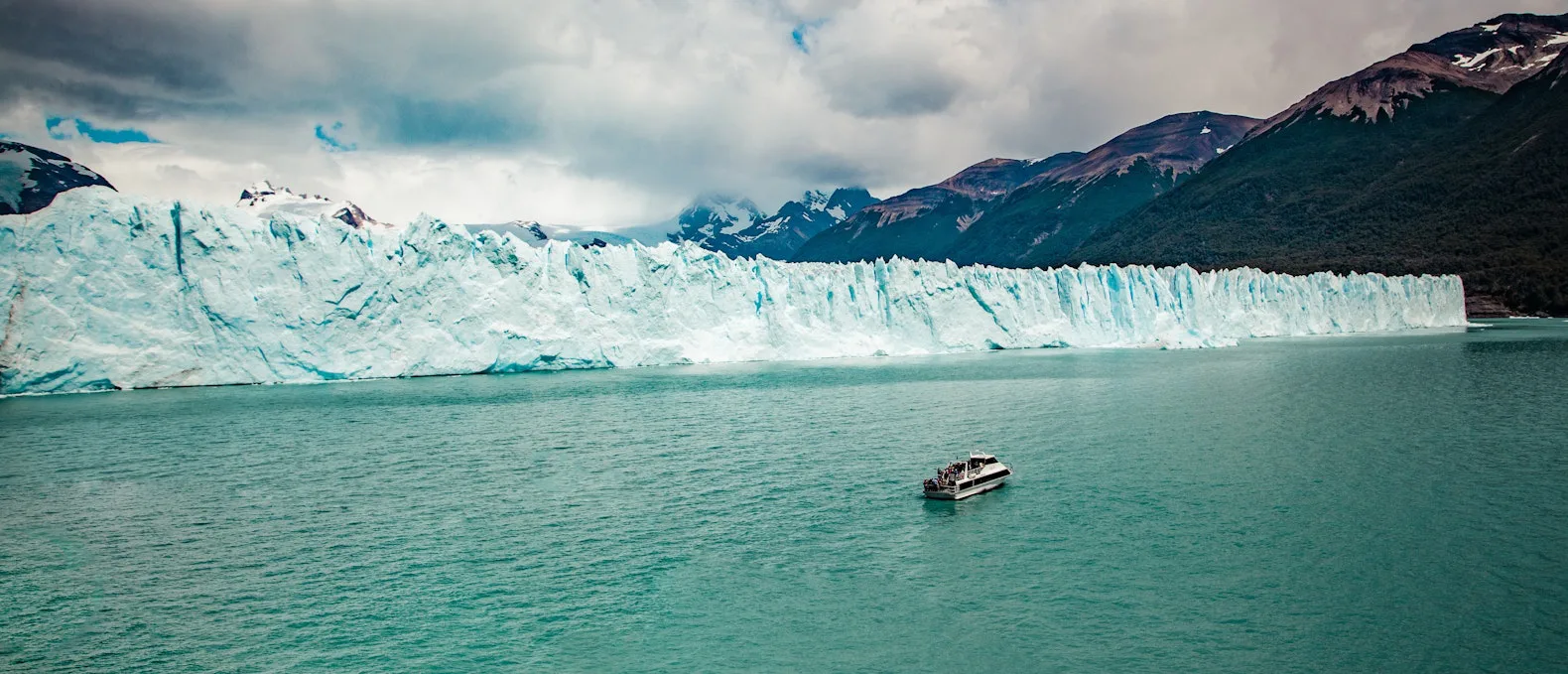As the development process advances, reservoirs become increasingly complex, necessitating comprehensive analysis of static, dynamic, production, operational, and logging data. The challenges encountered are as follows:
Static and dynamic data are dispersed across systems without unified standards, hindering integrated, intelligence-based analysis.
Lack of tools that combine static/dynamic data with modeling and simulation to provide a comprehensive, intuitive view of reservoir and production status.
Dynamic problems are handled without multidimensional, multi-level, multi-method automated analysis. Collaboration is limited.
Decisions rely on experience rather than full-dimension, problem-oriented models and decision-support logic based on all available data dimensions.
For challenging formations like carbonates, especially in stages with low recovery factors and high water cut, the lack of targeted analytical tools and methodologies leads to inefficient analysis and unreliable results.
Lack of real-time detection and intelligent analysis of anomalies results in delayed problem detection, long analysis cycles, and both efficiency and precision falling short of operational demands.

